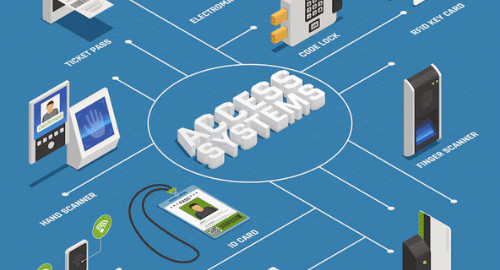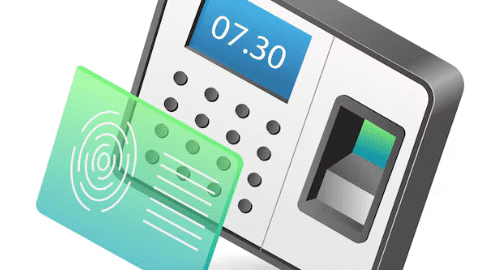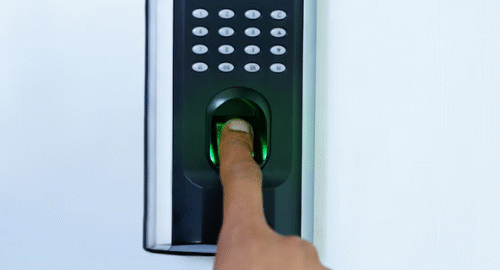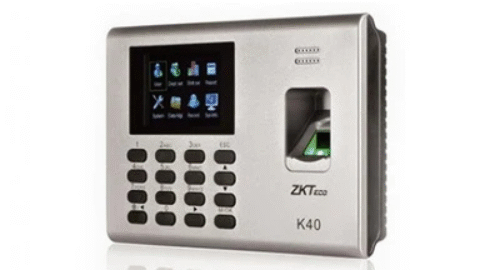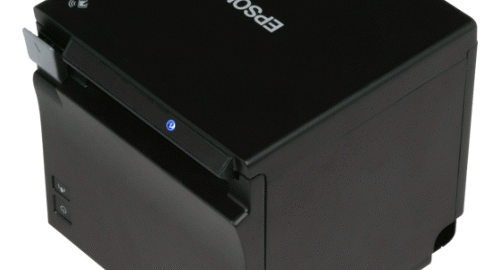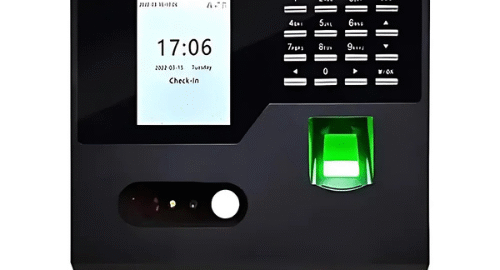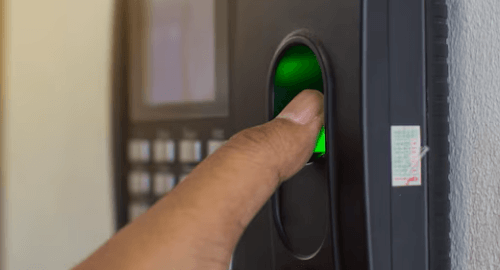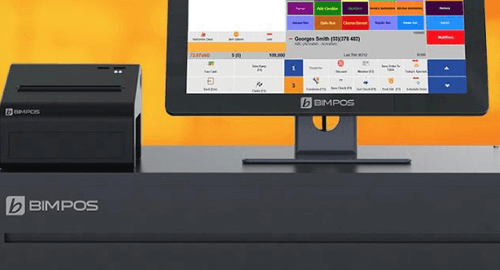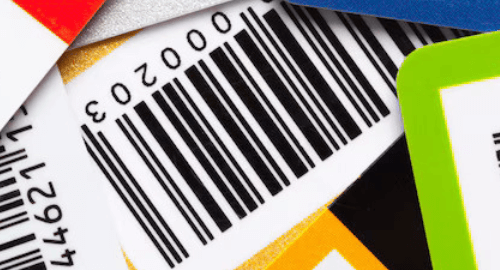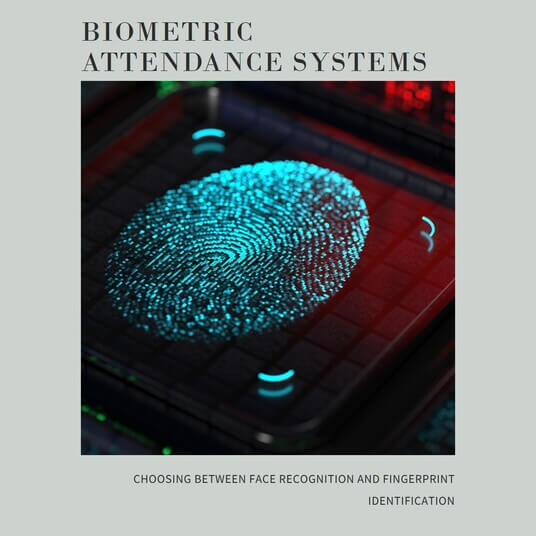
Face recognition and fingerprint identification are two well-known technologies that have become front-runners in the field of biometric attendance systems. Both have distinct benefits and are frequently applied in a range of fields and contexts. But it’s essential to comprehend the subtleties and distinctions between these technologies in order to select the best option for your company. To assist you in making a wise choice, let’s explore the nuances of fingerprint and facial recognition.
-
Accuracy and Reliability
Face Recognition: Over time, face recognition technology has advanced significantly in terms of accuracy and dependability. Even in a variety of lighting situations, angles, and facial expressions, modern algorithms are able to detect and distinguish faces with accuracy. However, things like dim lighting, occlusions (such wearing hats or spectacles), and age- or facial hair-related changes in look can all affect accuracy.
Fingerprint Recognition: Fingerprint recognition is widely recognized for its exceptional precision and dependability. Since each fingerprint is distinct, they serve as a very reliable biometric identifier. However, the precision of fingerprint scans can occasionally be impacted by elements like grime, wetness, or finger injuries. Furthermore, people whose fingerprints are worn down or damaged may have trouble being identified.
-
User Experience
Face Recognition: Face recognition provides easy and unobtrusive authentication from the user’s point of view. Employee identification verification only requires them to glance into a camera, which makes it a simple option—especially in locations with heavy traffic. But other people could be worried about data security and privacy, especially in places where cameras are commonplace.
Fingerprint Identification: Although fingerprint identification is normally easy to use, some people could find it less pleasant to scan their fingerprints, particularly if they have to touch a sensor several times. Furthermore, problems like sweaty or filthy fingers might occasionally impede the scanning process, frustrating users.
-
Security
Face Recognition: Using images or videos of approved people, spoofing attacks can fool face recognition systems. Although liveness detection and other advanced methods reduce this risk, there is still room for exploitation. Furthermore, worries about the unlawful gathering and exploitation of facial data highlight how crucial strong security measures are.
Fingerprint Identification: Fingerprint identification is inherently more difficult to spoof compared to face recognition. Each fingerprint has distinct ridges and patterns that offer a solid foundation for authenticity. But it’s crucial to make sure the databases and fingerprint sensors are sufficiently shielded from manipulation and unwanted access.
-
Implementation and Cost
Face Recognition: Installing cameras with facial recognition software is a common step in the implementation of a face recognition system. The initial setup expenses are typically inexpensive, but continuing maintenance costs might be significant, particularly for bigger deployments. Nevertheless, throughout deployment, enterprises need to take into account things like camera positioning, lighting, and network bandwidth needs.
Fingerprint Identification: Fingerprint scanners or readers and backend software for processing and storing are needed to implement a fingerprint identification system. Although the hardware expenses might be less than those related to facial recognition, factors like sensor longevity and infrastructure compatibility must be taken into account. Furthermore, a system’s complexity may have an impact on maintenance expenses.
-
Compliance and Regulations
Face Recognition: There is a growing body of regulatory supervision and scrutiny surrounding the use of face recognition technology, particularly with regard to privacy and data protection. Compliance with pertinent rules and regulations is a responsibility of organizations. There may be legal ramifications and reputational harm if these rules are broken.
Fingerprint Identification: Similar rules that control the gathering, storing, and application of biometric data also apply to fingerprint identification systems. It is imperative for organizations to put in place suitable measures to preserve the confidentiality and integrity of people’s fingerprint data.
Conclusion
In the face-off between face recognition and fingerprint identification for biometric attendance systems, there is no one-size-fits-all solution. Each technology offers distinct advantages and challenges, and the optimal choice depends on factors such as accuracy requirements, user preferences, security considerations, and regulatory compliance. By carefully evaluating these factors and consulting with experts in the field, organizations can implement a biometric attendance system that meets their specific needs while safeguarding the privacy and security of their employees’ biometric data. For assistance in selecting and implementing such systems, consider consulting a reputable biometric supplier.

